The gravel of a path in the garden at Komyozenji Temple has been swirled into the shape of the kanji for "light." It's a bit of an ironic choice for the fall day I visit, as only a few of the sun's rays have managed to penetrate the dense growth surrounding the rear of the temple. Those that do filter through the red-tinged maples, though, bathe the garden in an ethereal glow befitting daybreak rather than the near-noontime it actually is.
I turn to the other visitor on the temple's back porch, poised to share an observation, but the words die unsaid in my throat. To voice them would be to break the silence of this restful place and, after a few days in nearby Fukuoka's bustling downtown, silence is suddenly a commodity not to be trifled with.
You don't necessarily have to leave Fukuoka to find an oasis from urban commotion, but many do, choosing to hop a train and head a mere half-hour south to the wooded temple enclave of Dazaifu. Oozing serenity and small-town charm, it's hard to ignore comparisons with Kamakura — both boast temples, old-fashioned tourist shops and pilgrims on the hunt for spiritual enlightenment.



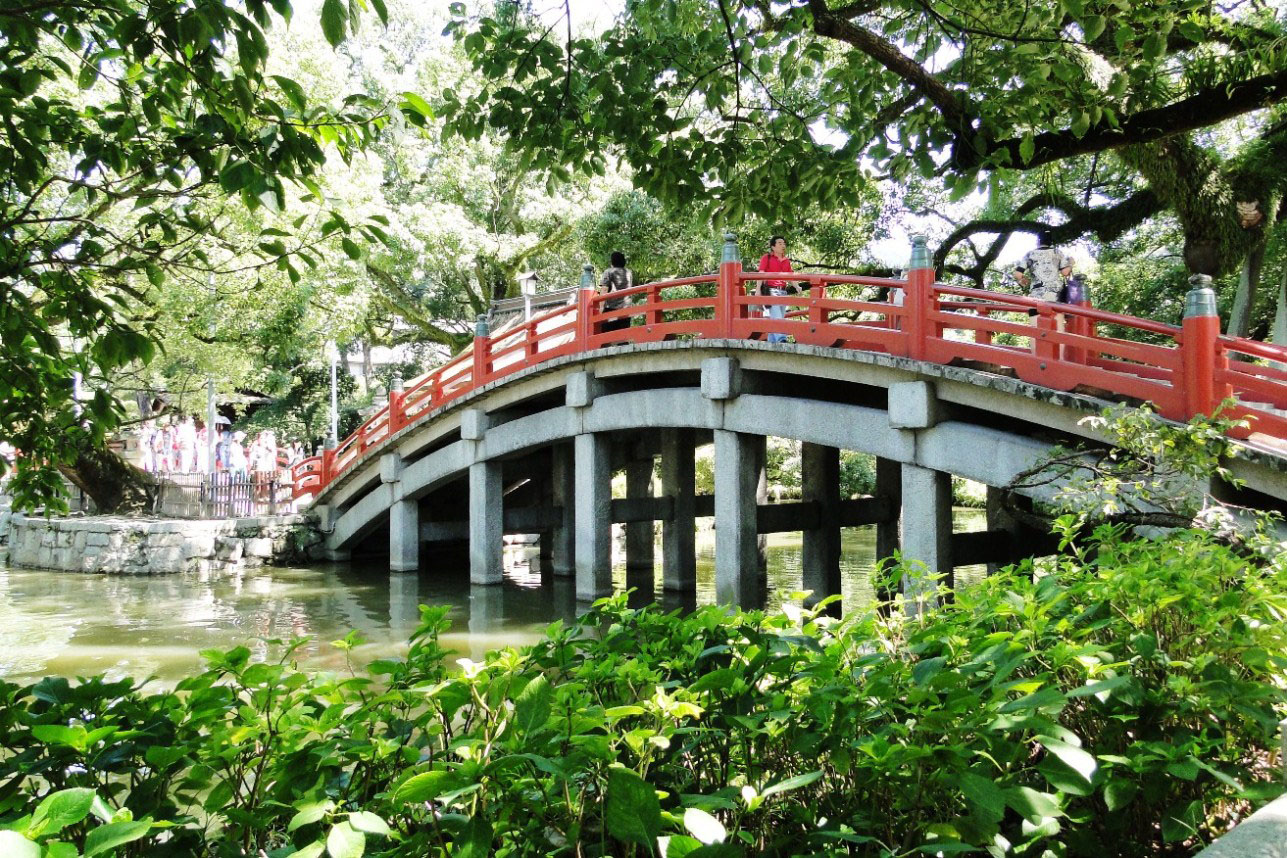
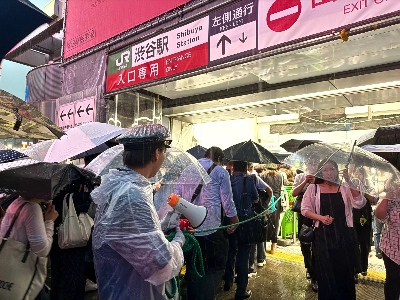
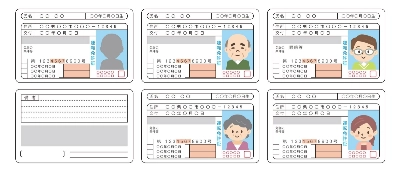


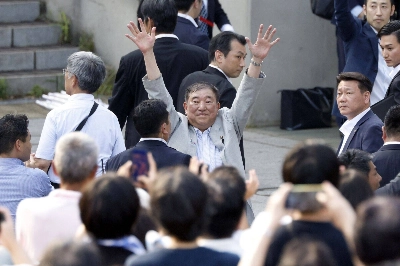

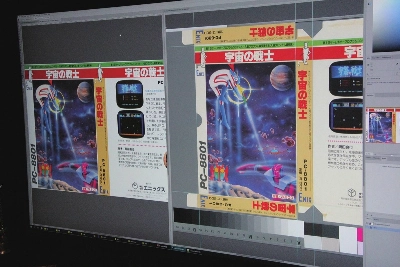








With your current subscription plan you can comment on stories. However, before writing your first comment, please create a display name in the Profile section of your subscriber account page.